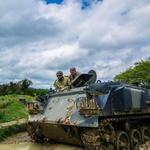James & Alyssa

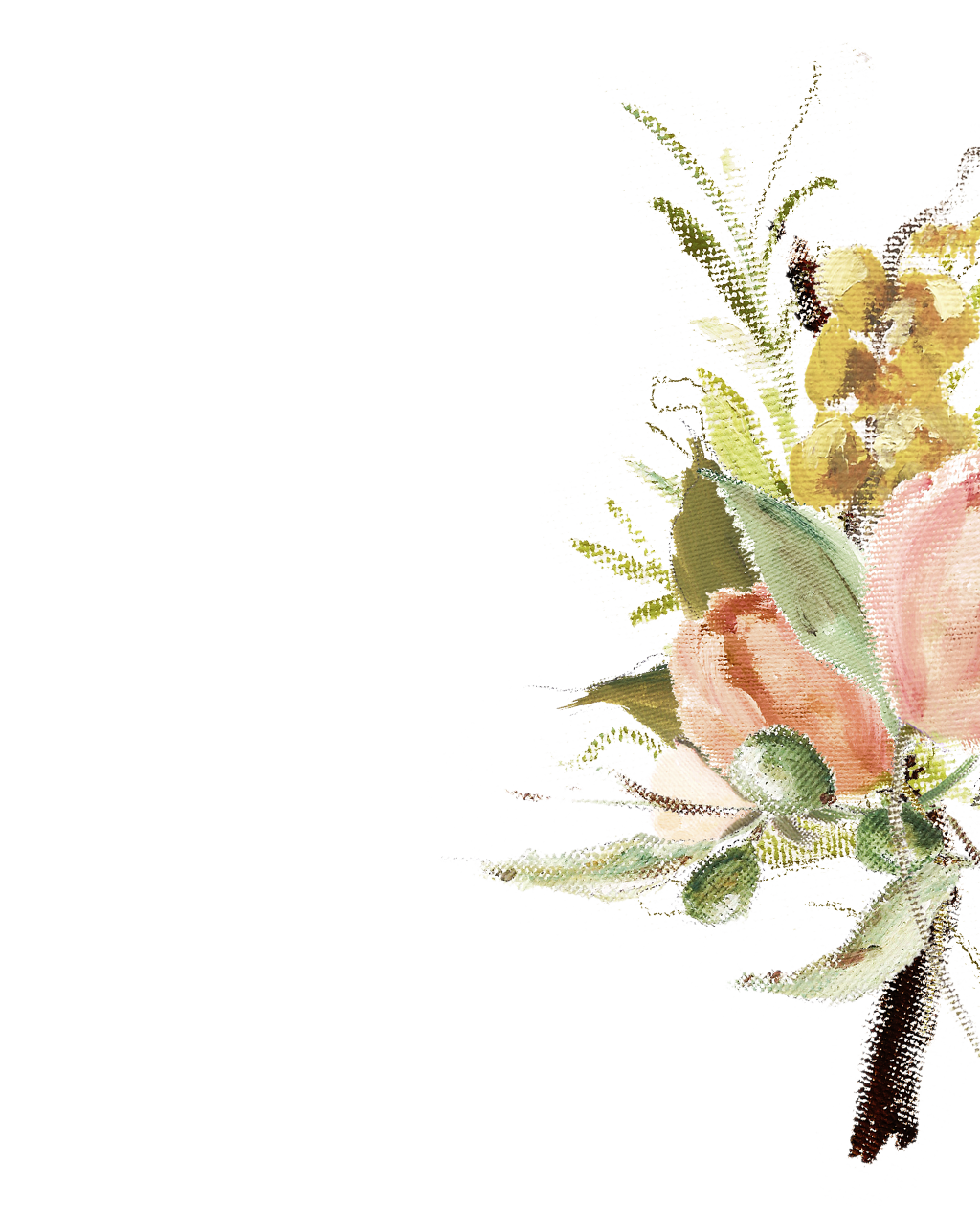
Things To Do
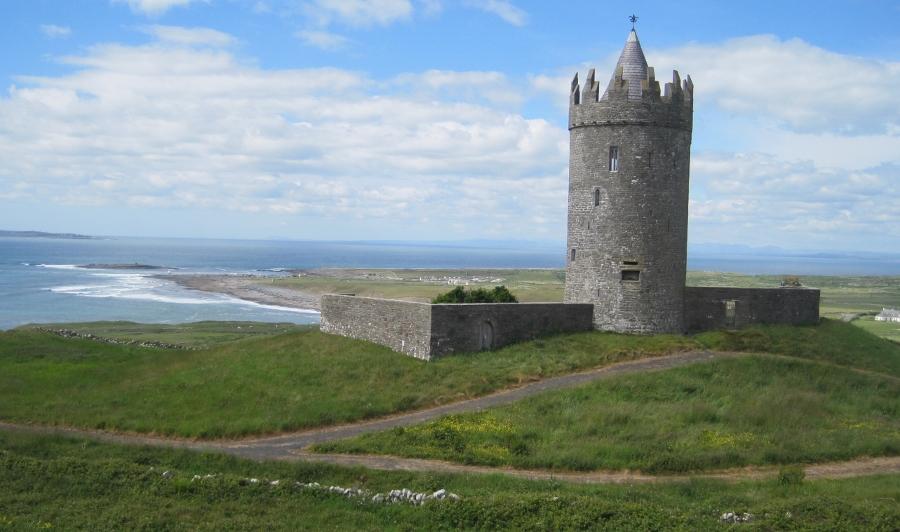
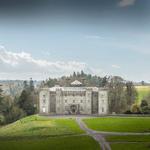
Discover Slane Irish Whiskey
Tour of Slane Distillery takes visitors through our heritage room, barley room, cooperage, and maturation warehouse before a final stop that provides a view of our pot stills and production areas. The tour concludes in the best way possible with a taste of our signature triple casked blend, Slane Irish Whiskey.

Brú na Bóinne Visitor Centre Newgrange and Knowth
Brú na Bóinne, which means the ‘palace’ or the ‘mansion’ of the Boyne, refers to the area within the bend of the River Boyne which contains one of the world’s most important prehistoric landscapes. It is located close to the east coast of Ireland approximately 40 km north of Dublin city, about 8km west of the medieval town of Drogheda and about 5km east of the village of Slane.
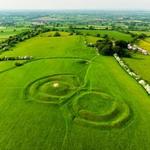
Hill of Tara
The Hill of Tara in the Boyne Valley is ceremonial site associated with kingship rituals. From the time of the first Celtic influence until the Norman invasion in the 12th Century, the Hill of Tara was Ireland's political and spiritual capital. The King of Tara represented a very old ideal of sacred kingship in Ireland, imbued with mythical aura. Many Kings of Tara were also High Kings of Ireland.
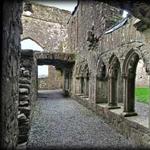
Bective, Bective Abbey (Southbound)
Bective Abbey on the banks of the River Boyne was a Cistercian abbey founded in 1147 by Murchard O’Melaghlin, King of Meath as a 'daughter house' of Mellifont Abbey. It was an abbey of importance as the Abbot was a spiritual lord and sat in the Parliament of the Pale. In 1195 the headless body of Hugh de Lacy (the Anglo-Norman Lord of Meath who built Trim Castle) was reinterred at the Abbey, his head going to St. Thomas' Abbey, Dublin (the head and body were later reunited and reinterred in St. Thomas' in Dublin).
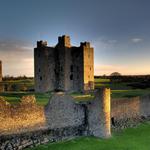
Trim Castle
Trim Castle is the largest Anglo-Norman castle in Ireland, it was built by Hugh de Lacy when he was granted the Liberty of Meath by King Henry II in 1172. Construction of the massive three storied Keep, the central stronghold of the castle, was begun in 1176 on the site of an earlier wooden fortress. This massive twenty-sided tower, which is cruciform in shape, was protected by a ditch, curtain wall and moat. Trim Castle was the location for King John's Castle in the film 'Braveheart' the 1995 historical drama directed by and starring Mel Gibson.

Francis Ledwidge Museum
The museum dedicated to the Irish poet Francis Ledwidge, known as the Poet of the Blackbird, who served as a soldier in the British Army fighting in World War 1 and was killed at the third battle of Ypres on the 31 July 1917 just seventeen days before his thirtieth birthday. Discover the life of the poet, his birthplace Slane, and the Francis Ledwidge Museum.
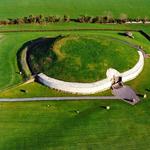
Newgrange Farm and Coffee Shop
Come and watch the Newgrange Farm Sheep Race on Sunday, bank holidays and special event day afternoons (weather permitting). Great fun for everyone! There is also a tractor trailer ride available, which takes its passengers down through the farm crops and livestock, to the River Boyne and national monuments and past the tooth fairies’ palace!
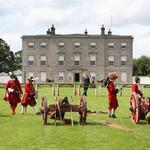
Battle of the Boyne Visitor Centre
Both kings commanded their armies in person. William had 36,000 men and James had 25,000 – the largest number of troops ever deployed on an Irish battlefield. English, Scottish, Dutch, Danes and Huguenots (French Protestants) made up William’s army (Williamites), while James’ men (Jacobites) were mainly Irish Catholics, reinforced by 6,500 French troops sent by King Louis XIV. At stake were the British throne, French Dominance in Europe and religious power in Ireland.

